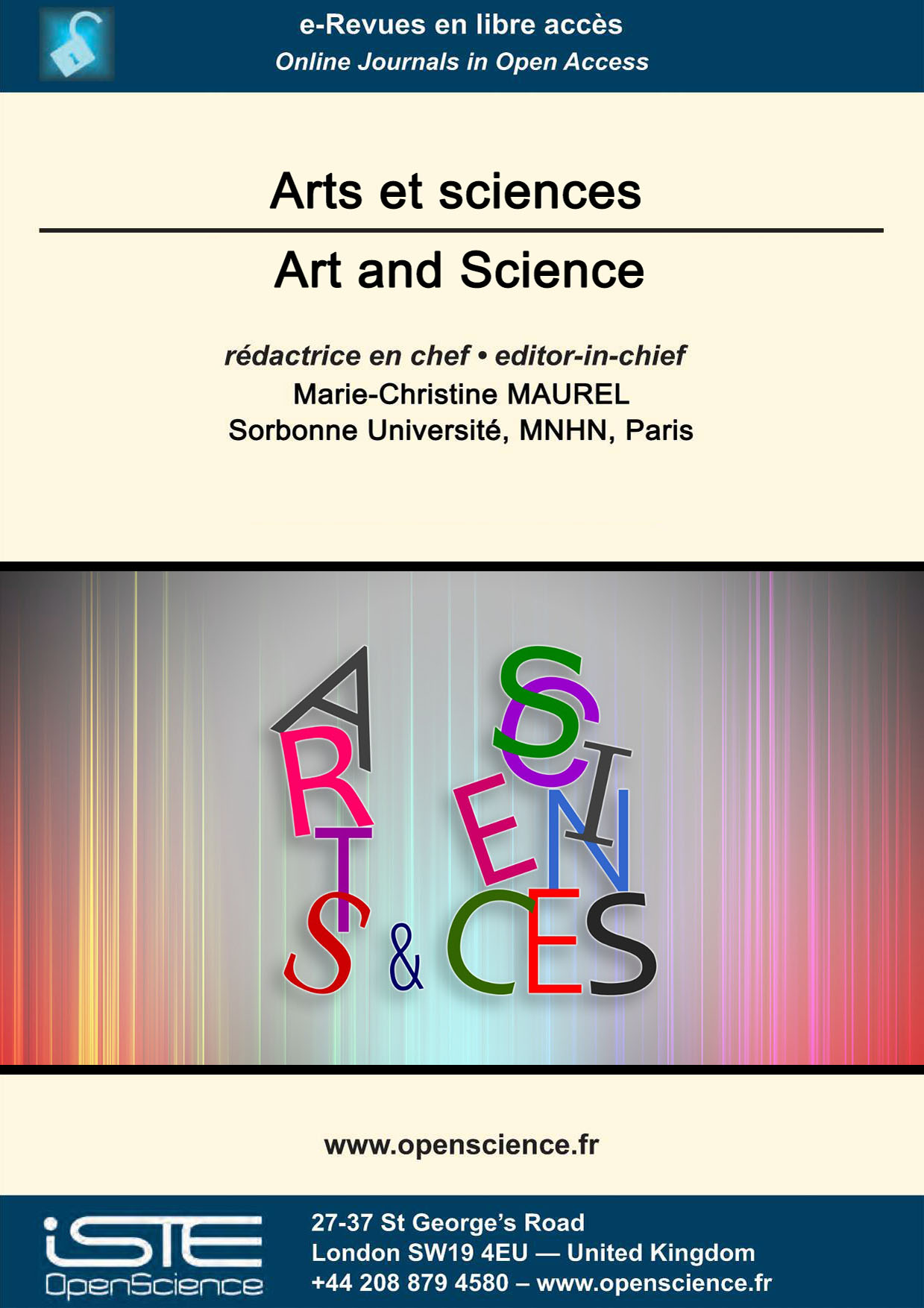

Social Sciences and Humanities > Home > Art and Science > Issue
This article describes a training course for secondary school teachers of all disciplines, on the subject of land use. This training, born from the encounter between an artist and scientific facilitators, proposed a journey rich in sensorial experiences, blending exchanges with artists and researchers, scientific practice and artistic creation.
Several kinds of visit exist for museums and especially for science and technology museums. Most of them are “clever” discourses, built for the intellect. They generally require a minimal cultural and scientific background that intimidates and dissuades some audiences. Some others take the form of dance visits, more embodied. But all of them keep the visitor in a role of spectator or in a role of a performer who dance what the choreographer feels when facing at the works. This article exposes a new approach, called “sensitive”, which give to the visitor the choreographers’ tools to let him create his own interpretation of the artworks. It explains the way to build these visits, the notions which fond it, and its adaptation to conceive a “sensible narrative”, visit mixing clever discourse and sensitive approach. Sensible narrative’s advantages and limits are presented in conclusion. The implementation of the sensible approach in Fine Arts museums seems to show that this sensible narrative has a great potential. Experiments in science and technology museums would confirm it.
Among the contemporary artists having a link with plants, the present article proposes to focus on those who « herborize ». Three artistic approaches will be investigated in order to determinate the specificities of the direct relationships, of sampling, of conservation and of study with the plant: three moments of the works of François Morellet (Géométrees, 1983-1985), of Anne and Patrick Poirier (notably the Herbiers, since 1971), of Bernard Moninot (La Mémoire du Vent, since 1997, Le pin peint, just recently).
For five centuries, the Americas have been seen, described, imagined and interpreted according to the political and intellectual interests that animated Old Europe. These representations are based on the multiple testimonies that came from the continent (accounts of conquests and explorations), on images composed on the spot or recreated in workshops, and of course on objects brought back by the thousands. But they were also inspired by examples produced in Europe: philosophical essays and adventure novels, sculptures and paintings, architectural elements, popular illustrations and later photography, cinema and advertising. In this vast range, one domain holds our attention, that of sung and danced performances, masquerades and balls, parades and carousels, interludes and "entrances" of royal operas or ballroom operas, pantomime ballets and operas of the Romantic period, up to the more recent operettas. In fact, the tradition of musical spectacle in old Europe has given - since the 16th century - a place to the Americas. Within the framework of this work, have been identified 420 musical and dance performances (including parades and balls) that were created in Europe, on the theme of the Americas, their landscapes and their inhabitants, or in which the latter play a role, even a minor one.This text presents the evolution of these performances within a historical panorama, the first step of a future study on the iconography of "Americanist" sets, costumes, machinery and accessories.
Leonardo da Vinci left us, in the folios of the Atlanticus Codex, three drawings proposing methods of construction of elliptical shapes. Analysis of these drawings shows that these methods are geometrically correct and that they have become increasingly effective.
This article examines the life of leaves in all its botanical diversity, and through all their artistic seizures. Through chlorophyll photosynthesis, to which they owe their green color, leaves are naturally linked to the atmosphere they oxygenate and the light they seek. The life of deciduous leaves is punctuated by their unfolding from a bud, their quivering in the wind and their fall in winter.
We will discuss the climatic conditions of the appearance of leaves, the biological stages of their evolution, their seasonal and adaptive transformations. They will also be considered as sources of inspiration: poets celebrate them in connection with their states of mind, and artists reveal their formal beauty or sensitivity, use some of their capacities and care for them as vulnerable living beings.

2024
Volume 24- 8
Issue 12023
Volume 23- 7
Issue 12022
Volume 22- 6
Issue 12021
Volume 21- 5
Issue 12020
Volume 20- 4
Special issue2019
Volume 19- 3
Issue 12018
Volume 18- 2
Issue 12017
Volume 17- 1
Issue 1